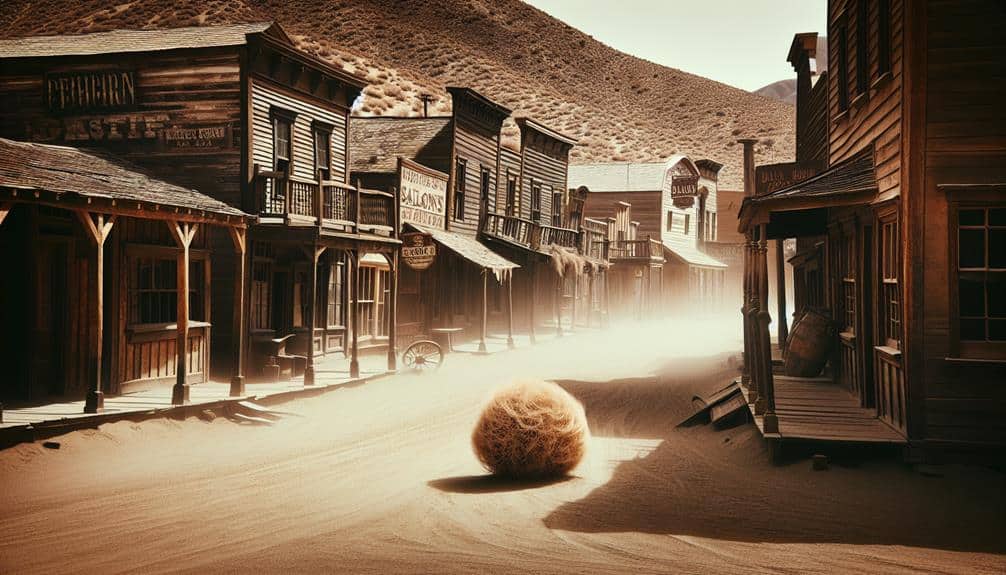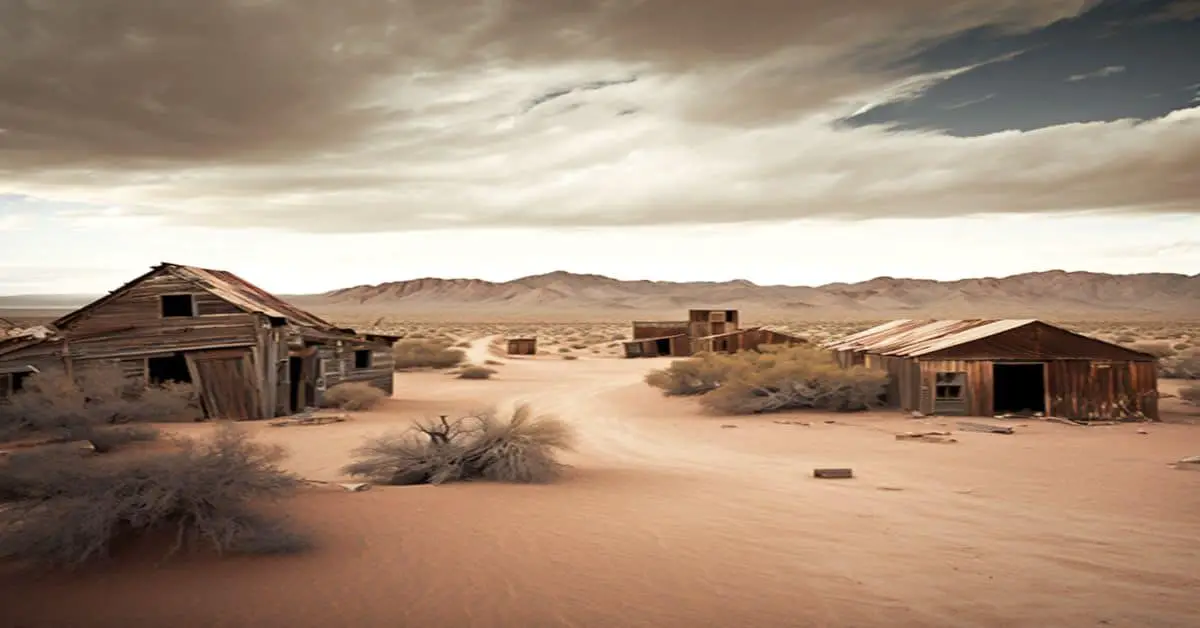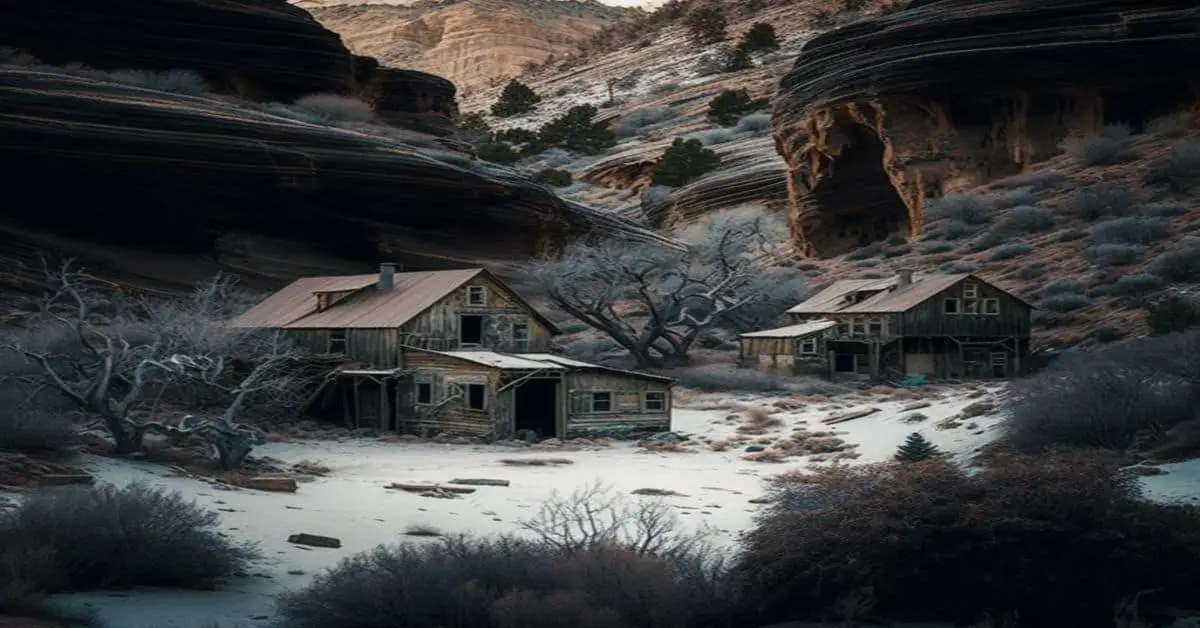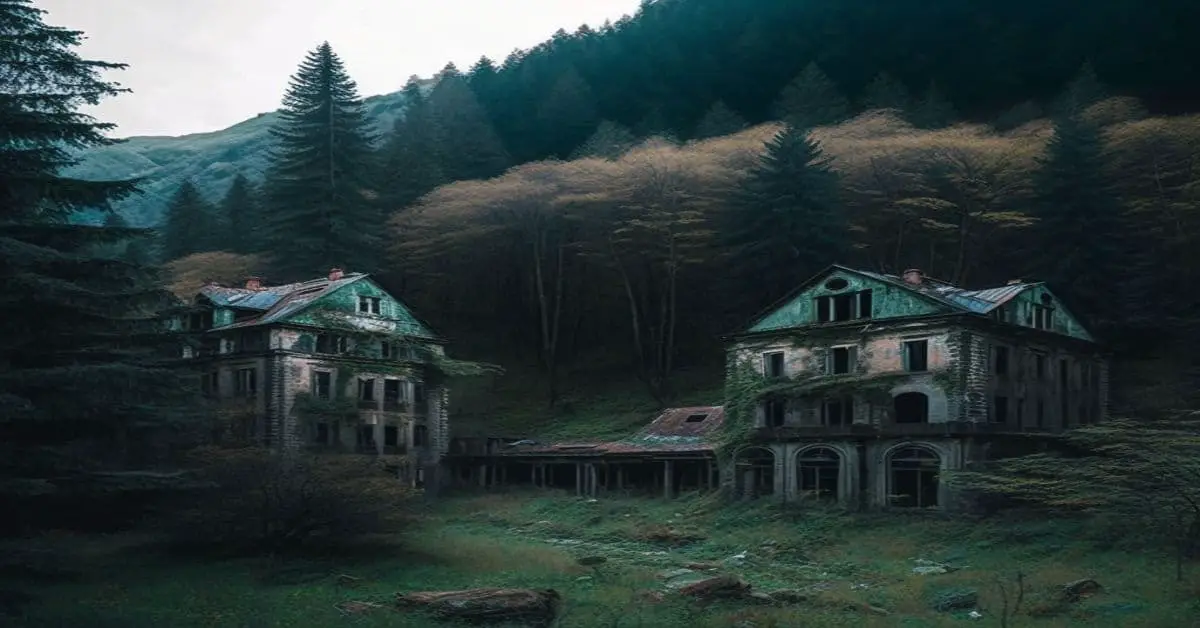California's Wild West ghost towns faded due to economic shifts, mining decline, and changing transportation patterns. The Gold Rush's enticing opportunities transformed small settlements into thriving hubs, but as minerals depleted, businesses shuttered, and people dispersed, the towns lost their vitality. Environmental challenges like pollution and natural disasters added to the woes. The rise of railroads diverted population centers, leaving old stagecoach routes obsolete and towns deserted. Despite their disappearance, these ghost towns echo the ebb and flow of history, awaiting exploration of their rich legacies and the stories they hold.
Key Points
- Depletion of minerals and economic downturn led to decline.
- Population decrease in mining towns contributed to disappearance.
- Closure of businesses and residents seeking other opportunities.
- Fragmentation of tight-knit mining communities affected sustainability.
- Shift in transportation routes towards railroads impacted town viability.
Gold Rush Impact on Towns
The Gold Rush had a profound impact on the towns of California, transforming them from small settlements to bustling hubs of activity. The economic growth spurred by the discovery of gold attracted people from far and wide, leading to the rapid development of towns and infrastructure. Social dynamics within these towns shifted as diverse groups of individuals came together in pursuit of wealth.
The influx of fortune seekers created a vibrant atmosphere filled with opportunity and competition. Towns quickly sprang up to cater to the needs of the growing population, with businesses thriving on the demand for goods and services. The quest for gold not only enriched individuals but also fueled the local economy, driving further investment and development.
As the population swelled, social hierarchies formed based on wealth and success in mining. The dynamic nature of these communities meant that social roles were constantly evolving, creating a melting pot of cultures and backgrounds. The Gold Rush era not only shaped the economic landscape of California but also left a lasting imprint on its social fabric.
Environmental Challenges Faced
Facing the environmental challenges in California's Gold Rush towns required innovative solutions and a deep understanding of the land's limitations. Pollution control was a significant issue due to extensive mining activities releasing harmful chemicals into the air and water sources. Miners used mercury to extract gold, leading to mercury contamination in rivers and soil. To combat this, early environmentalists implemented rudimentary pollution control measures like settling ponds to contain contaminated water.
Moreover, California's Gold Rush towns were also vulnerable to natural disasters such as wildfires, floods, and landslides. The rapid deforestation for mining operations increased the risk of wildfires, while hydraulic mining techniques caused sediment buildup in rivers, contributing to flooding. These environmental challenges, coupled with the harsh living conditions, posed significant threats to the sustainability of these towns over time. Despite efforts to address pollution and mitigate natural disaster risks, the environmental toll on these Wild West settlements ultimately played a role in their eventual decline.
Decline of Mining Industry
During the late 1800s, the mining industry in California faced a gradual decline as resources dwindled and economic shifts occurred. The economic downturn, coupled with the depletion of easily accessible minerals, led to a significant decrease in mining activities. As mining operations scaled back, many workers left the industry in search of other employment opportunities, contributing to a population decline in mining towns. The once-thriving communities that were reliant on the mining industry began to shrink as businesses closed down and residents moved away in search of better prospects.
The decline of the mining industry not only impacted the economic landscape of these towns but also had social repercussions. With job opportunities dwindling, individuals sought livelihoods elsewhere, leading to a fragmentation of the tight-knit communities that had developed around mining activities. The economic downturn and subsequent population decline marked a turning point in the history of California's Wild West ghost towns, setting the stage for the eventual abandonment and disappearance of these once vibrant settlements.
Shift in Transportation Routes
As transportation routes shifted in California, the dynamics of movement and trade within the region underwent significant transformations.
- Railroad Expansion: The advent of railroad expansion played an important role in altering the transportation landscape of California. It provided faster and more efficient means of moving goods and people across vast distances, rendering certain old stagecoach routes obsolete.
- Stagecoach Routes: Once essential arteries of transport, stagecoach routes began to fade into obscurity as the railroad network expanded. The charm and nostalgia associated with stagecoach travel gave way to the speed and convenience offered by trains.
- Economic Impact: The shift from stagecoaches to railroads had profound economic implications. Towns that once thrived on the bustling activity of stagecoach stops saw a decline in trade and commerce as the focus shifted to areas connected by rail.
- Population Movement: With the rise of railroads and the decline of stagecoaches, populations in California started migrating towards railway hubs, leading to the gradual abandonment and eventual disappearance of once-thriving ghost towns.
Legacy of California Ghost Towns
How do the abandoned structures of California's ghost towns reflect the changing tides of transportation and commerce in the region? California's ghost towns stand as silent witnesses to the ebbs and flows of history, showcasing the impact of transportation advancements and economic shifts. These towns, once bustling with life during the Gold Rush and subsequent booms, now serve as reminders of a bygone era. However, their legacy holds significance beyond mere nostalgia.
Cultural preservation plays an important role in maintaining the heritage and identity of these ghost towns. By conserving the remaining structures and artifacts, we guarantee that future generations can learn about the unique history of California's early settlements. Additionally, efforts towards economic revitalization aim to breathe new life into these deserted areas. Through tourism, heritage projects, and community initiatives, there's a potential to transform these ghost towns into vibrant hubs once again, blending the old with the new.
As California continues to evolve, the legacy of its ghost towns serves as a proof to the resilience and adaptability of the state's history.
Frequently Asked Questions
What Role Did Saloons and Gambling Play in the Economy of California's Ghost Towns?
Ever wondered about the allure of saloons and gambling in California's ghost towns? Saloon culture provided entertainment, while the gambling economy influenced local spending. These establishments were hubs of activity, shaping the social and economic fabric of the communities.
How Did the Presence of Outlaws and Bandits Affect the Daily Life of Residents in These Towns?
In California's Wild West ghost towns, outlaw influence disrupted daily life dynamics, instilling fear and uncertainty among residents. Outlaws' presence led to increased vigilance, altered social interactions, and a constant need for protection, shaping the towns' atmosphere.
Were There Any Notable Paranormal or Supernatural Occurrences Reported in California's Ghost Towns?
As you explore California's ghost towns, you may hear haunted stories and legends, tales of supernatural sightings. These experiences add an eerie charm to these abandoned places, sparking curiosity about the unexplainable.
What Was the Role of Women in These Communities and How Did Their Presence Shape the Social Dynamics of the Town?
In these Wild West ghost towns, women's impact on social dynamics was profound. Their presence challenged traditional gender roles, influencing community norms and fostering a more inclusive society. Women played a pivotal role in shaping these towns.
How Did the Discovery of New Minerals or Resources Impact the Development and Decline of California's Ghost Towns?
How did the discovery of new minerals or resources impact the development and decline of California's ghost towns? Did mining bring prosperity, leading to population influx, only to witness abandonment when resources dwindled, leaving desolate remnants behind?



